Depreciation of fixed assets is the process of transferring their value to the value of finished products. Due to the fact that the fixed assets of the enterprise are depreciated, the company is able to return all the money spent on the purchase of this type of asset.
Why amortization needed?
In the process of using fixed assets lose their quality. Over time, they cannot give the result that they were able to give at the time of their acquisition, when the funds were in a new state.
The goal of any enterprise is to make a profit. Therefore, the company needs to return the funds that were invested in fixed assets. For this, depreciation is used. Using one of the methods for calculating the depreciation amount, an enterprise reduces the carrying value of funds annually by a certain percentage depending on the calculation method chosen.
Depreciation and depreciation of fixed assets
It is necessary to distinguish between the concepts of "depreciation" and "depreciation". In the first case, we are talking about annual deductions; in the second, on the amount of deductions for several years.
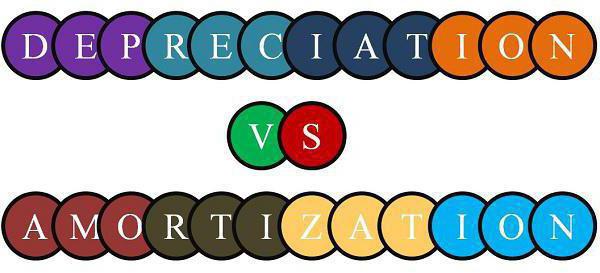
For example, in the first year depreciation may amount to 10 thousand euros. The accumulated depreciation will also be 10 thousand euros. But after the second year, when depreciation is still equal, for example, 8 thousand euros, the amount of depreciation will already be 18 thousand euros.
Depreciation methods for fixed assets
Accounting standards recommend that you use the following methods for calculating depreciation on fixed assets. These methods are:
- Cumulative.
- Straightforward.
- Accelerated reduction in residual value.
- Industrial.
Straight line depreciation calculation
This calculation method is considered to be one of the simplest. It is used in situations where it is necessary to calculate depreciation in equal parts in each of the years during which fixed assets are used.
This method is based on the assumption that the fixed assets of the enterprise wear out the same every year, and depreciation depends only on the operating life of the asset.
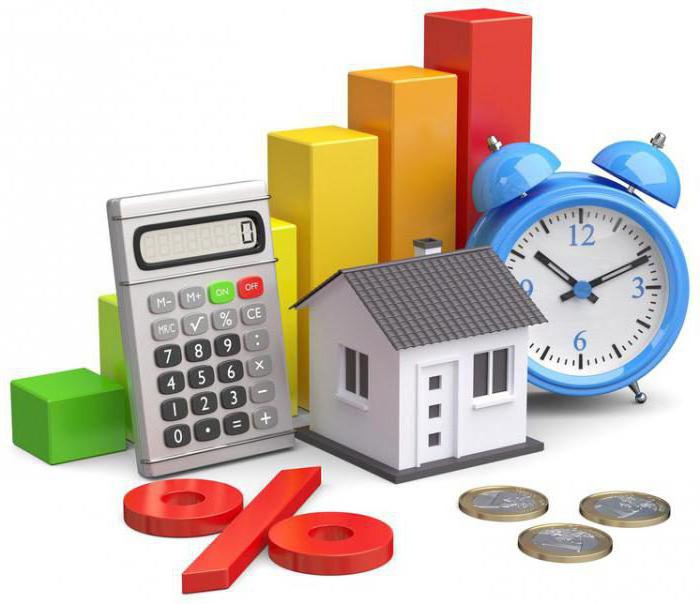
The depreciation rate of fixed assets in a situation where this method is applied is calculated by dividing the unit by the number of years of use. The amount is equal to dividing the amortized cost by the number of years of use. Amortized cost, in turn, is the difference between the initial cost and the liquidation value. The second way to calculate depreciation is to multiply the depreciation cost by the depreciation rate.
Rectilinear calculation example
The farm acquired a combine harvester worth 100 thousand dollars. Five years later, the company plans to sell it for 10 thousand dollars. Thus, the depreciation cost of the combine will be 100,000 - 10,000 = 90,000 euros. The depreciation rate is 1: 5 x 100% = 20%. Consequently, the size of the deductions will be 90,000 x 20% = 18,000 euros. A detailed calculation of OF depreciation for this example is presented in the table below.
| Period | Initial cost (thousand euros) | Deductions (thousand euros) | Depreciation (thousand euros) | Residual value (thousand euros) |
| Property acquisition date | 100 | - | - | 100 |
| End of first year | 100 | 18 | 18 | 82 |
| End of second year | 100 | 18 | 36 | 64 |
| End of third year | 100 | 18 | 54 | 46 |
| End of the fourth year | 100 | 18 | 72 | 28 |
| End of fifth year | 100 | 18 | 90 | 10 |
Advantages and disadvantages of the straightforward method
From the presented calculations it is seen that the accumulated depreciation increases uniformly, at the same time, the residual value decreases in equal parts.This decrease in value continues until it is equal to liquidation. In the event that the company does not plan to sell its product, but decides to use it for all the allotted years, the residual value will decrease and ultimately its size will be 0.
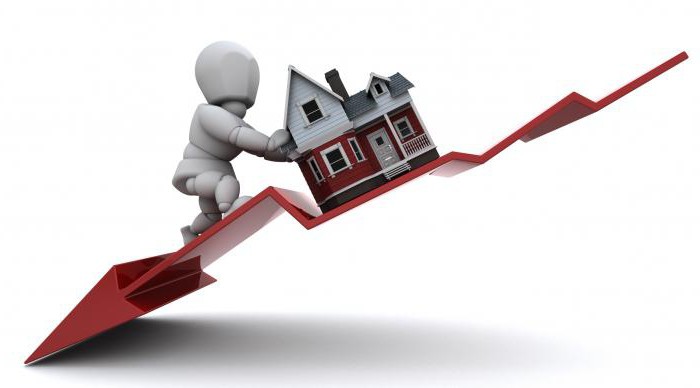
The main advantage of the method is its simplicity. The goal is also achieved to maintain the nominal value of the asset of the enterprise, and the initial cost is distributed in equal parts for the entire useful life. However, the real value can be saved only when there is no inflation, and the prices for identical funds in the market do not change, which is not possible in the real world.
Accelerated residual value reduction
This method is based on the same algorithm as the previous one. The only difference is that in this method of calculation, the depreciation rate of fixed assets is doubled. The second name is the geometrically-digressive method.
The advantage of this method is that in the initial stages of operating the OS, depreciation significantly exceeds the amount of deductions that will be calculated at the end of the term of use of the asset. This method is used due to the fact that most production OSs can be more efficiently operated while they are still new. Also, this method can be explained by the obsolescence of technology due to the improvement of technology. Thus, it is better to write off a large amount of money in the current reporting period than in subsequent ones.
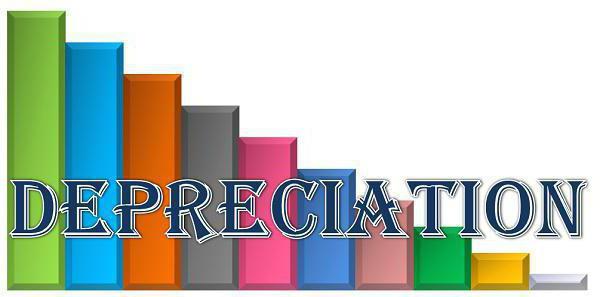
Calculation example of the method of accelerated reduction in residual value
For greater clarity, we take the previous example. The depreciation calculation is shown in the table.
| Period | Cost at the beginning of the period (thousand euros) | Depreciation per year (thousand euros) | Depreciation (thousand euros) | Residual value (thousand euros) |
| OS purchase | 100 | - | - | 100 |
| First year | 100 | (40% x 100) = 40 | 40 | 60 |
| Second year | 100 | (40% x 60) = 24 | 64 | 36 |
| Third year | 100 | (40% x 36) = 14.4 | 78,4 | 21,6 |
| Fourth year | 100 | (40% x 21.6) = 8.64 | 87,04 | 12,96 |
| Fifth year | 100 | 12,96 - 10 = 2,96 | 90 | 10 |
A fixed depreciation rate was applied to the value of fixed assets at the end of each previous year. Since the value of the funds decreased every year, the amount of deductions also decreased. In the last period, depreciation was equal to the residual value of the vehicle. The second argument in favor of this method of depreciation of fixed assets is that the cost of repairs is much lower at the end of the life cycle than at the beginning.
Cumulative method
The third method that allows you to accrue depreciation of fixed assets is called cumulative. It involves writing off the value of the OS by the sum of the numbers. According to this method, the depreciation rate is equal to dividing the remaining life of the asset by the total amount of years.
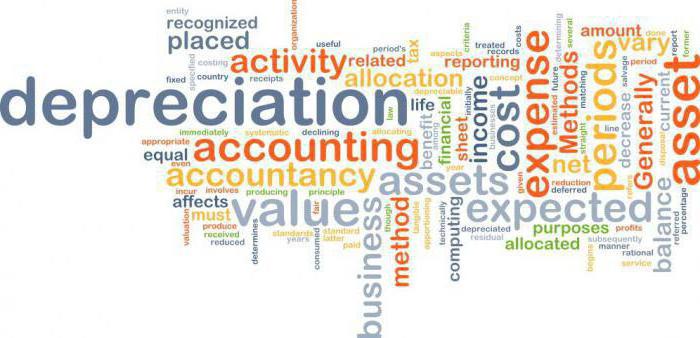
For example, if the OS will be used for five years, then the sum of years will be fifteen years. The cumulative coefficient from the first to the fifth year will be equal to 5/15, 4/15, 3/15, 2/15 and 1/15, respectively.
Cumulative calculation example
Depreciation deductions by this method are presented in the table below.
| Period | Cost at the beginning of the period (thousand euros) | Annual deductions (thousand euros) | Depreciation (thousand euros) | Residual value (thousand euros) |
| OS Acquisition | 100 | - | - | 100 |
| First year | 100 | (5/15 x 90) = 40 | 30 | 70 |
| Second year | 100 | (4/15 x 90) = 24 | 54 | 46 |
| Third year | 100 | (3/15 x 90) = 18 | 72 | 286 |
| Fourth year | 100 | (2/15 x 90) = 12 | 84 | 16 |
| Fifth year | 100 | (1/15 x 90) = 6 | 90 | 10 |
The largest amount of deductions falls on the very first year, after which their value decreases every year. At the same time, the amount of wear is increasing. The residual value also decreases until it reaches the value of residual value. The cumulative metric can be quickly calculated using the following formula:
C = H x (H + 1) / 2, where
C is the sum of numbers;
N - the number of years of operating the OS.
Production method
Depreciation of fixed assets of production assets of the enterprise can be calculated using the production method. It involves the calculation of depreciation by multiplying the production rate by the depreciated value.
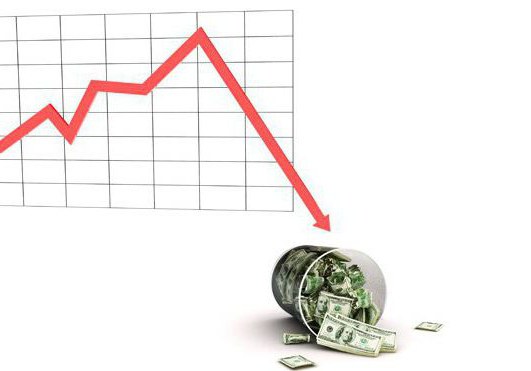
The production rate is found by dividing the volume of production per year by the total volume of production. In our example, a car is used, so instead of production, the vehicle mileage is used. The calculation of depreciation of fixed assets of the enterprise by the production method is shown in the following table.
| Reporting period | Cost at the beginning of the period (thousand euros) | Vehicle mileage, km | Depreciation per year (thousand euros) | Depreciation (thousand euros) | Cost at the end of the period (thousand euros) |
| Property acquisition date | 100 | - | - | - | 100 |
| 1st year | 100 | 60 000 | 27 | 27 | 73 |
| 2nd year | 100 | 60 000 | 27 | 54 | 46 |
| 3rd year | 100 | 20 000 | 9 | 63 | 37 |
| 4th year | 100 | 40 000 | 18 | 81 | 19 |
| 5th year | 100 | 20 000 | 9 | 90 | 10 |
Other methods used in other countries
In addition to the above methods used to calculate depreciation of fixed assets at enterprises, in many developed countries of the world there are other methods. Some of them are very popular. For example, in a German company, depreciation is calculated using a progressive method.
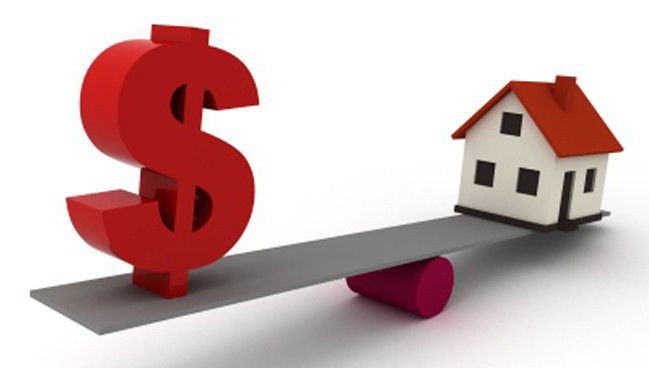
This method is used in cases where it is possible to simplify the calculation of capital costs, which are depreciation and expenses on used capital, using the annuity ratio. It can be compared with the repayment method of an annuity loan.
Using the progressive method leads to the fact that there are higher costs for the use of capital, compared with the linear depreciation method, since the average amount of capital in this case is slightly lower.
The second method is called the linear replacement cost method. The purpose of its use is to be able to finance the purchase of new fixed assets through depreciation savings.
With the difference between the average annual depreciation rate with this method, it can be clearly established how much the entrepreneur should refuse part of his nominal profit for refinancing. Since this part of the profit during linear depreciation is interconnected with the loss of the value of the assets of the enterprise, that is, it must be reinvested, it is called lost profit. Its size increases with rising prices and annual depreciation.
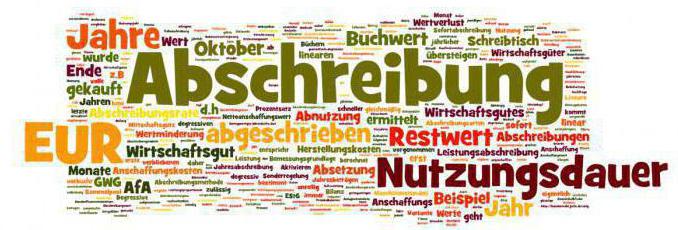
This method is used in countries with high inflation. The accrual period corresponds to the period during which the tool will be used. If, for example, a car has been used for five years, then the annual amount of nominal deductions is 20% of the book value. It is worth noting that in the balance sheet fixed assets are displayed not at their initial cost, but at the residual value, that is, minus the amount of accumulated depreciation.
The company has the right to choose any of the methods for calculating depreciation, which is permitted by law. The method for calculating depreciation of fixed assets is determined by the enterprise on its own, taking into account the expected method of obtaining benefits from the operation of fixed assets.